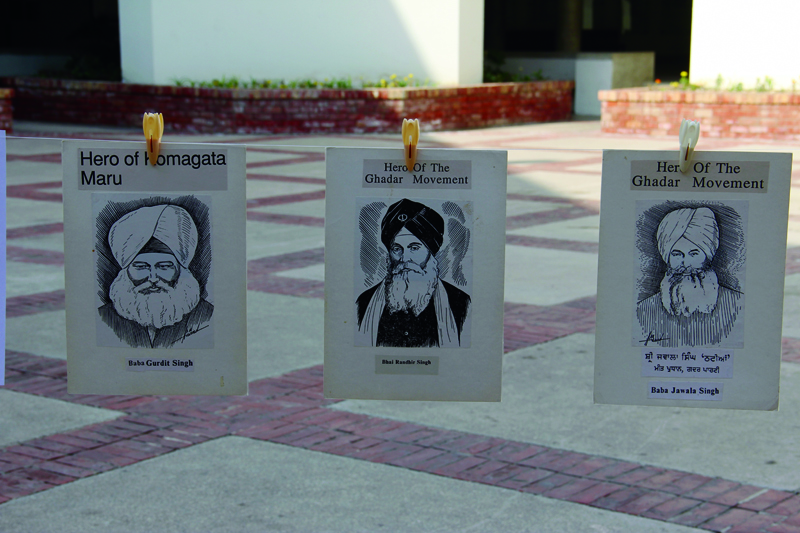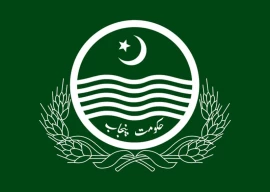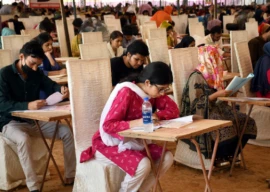
Literally, Ghadar has negative connotations. “Nothing you aspire towards,” Virinder Kalra, a senior lecturer at the Department of Sociology at the University of Manchester, said on Sunday.
Kalra spoke on Migrant Consciousness and Ghadar Legacies at the concluding day of the 10th Annual Humanities and Social Sciences Conference, Commemorating Ghadar: Radical Politics in Colonial and Post Colonial South Asia, at Lahore University of Management Sciences on Sunday.
A nondescript shop in Birmingham carries the sign board Shaheed Udham Singh Welfare Centre and the Ghadar Party’s flag. Kalra said the centre was run by the Indian Workers’ Association, which drew its historical and organisational roots from the Ghadar Party. His work explores the ideological and organisational linkages of the Ghadar Movement and the IWA.
Shaheed Udham Singh shot Sir Michael Francis O’ Dwyer, governor of the Punjab, in 1940, for backing the Jallianwala Bagh massacre in Amritsar. When he was arrested, Singh identified himself as Muhammad Singh Azad, an act evoking the legacy of superseding religious divisions, Kalra said. In court he was asked “which holy scripture would you prefer to take the oath on?” and he answered “I will swear by Heer of Waris Shah”.
Kalra also spoke about how the word kala (black) was used to connote a common identity. He said imprints of this identity could be seen in traditional poetry.
Recalling Ghadar, Chris Moffat’s presentation at the conference, looked what the Ghadar Movement meant for post-colonial South Asia. Moffat, a faculty member of the History Department at the University of Cambridge, said it would be interesting to see how the Ghadar Movement could be commemorated without compromising its radical inheritance.
He showed images of Bradlaugh Hall and a stamp issued by the Indian government to celebrate the centenary of the Ghadar Movement. Moffat spoke of what the movement extended to in current day Pakistan.
The onset of World War I meant famine-like prices of grain in the Punjab, Kasim Tirmizey said. What followed was an uprising by peasants who burned down traders’ shops in protest, he said. Tirmizey, a PhD scholar at York University, presented a paper on the Grain Ghadar of 1915: an inquiry into anti-imperialist resistance. He drew on similarities between the grain riots and the Ghadar Movement.
“An imperialist state needs cheap food and labour. Food becomes quite central to the existence of the empire.”
He spoke of how the Ghadar Movement rose parallel to this as resistance against imperial powers.
Published in The Express Tribune, December 8th, 2014.








1732012115-0/Untitled-design-(14)1732012115-0-270x192.webp)














COMMENTS
Comments are moderated and generally will be posted if they are on-topic and not abusive.
For more information, please see our Comments FAQ